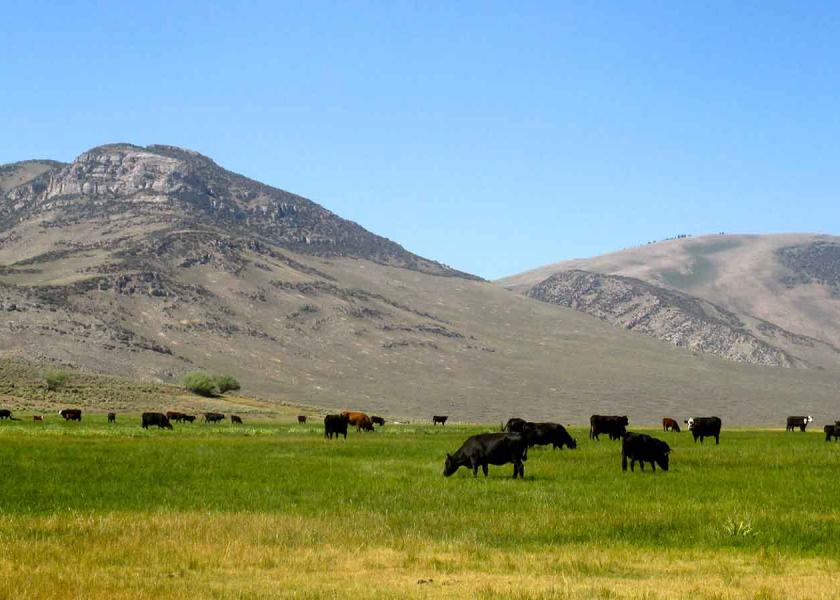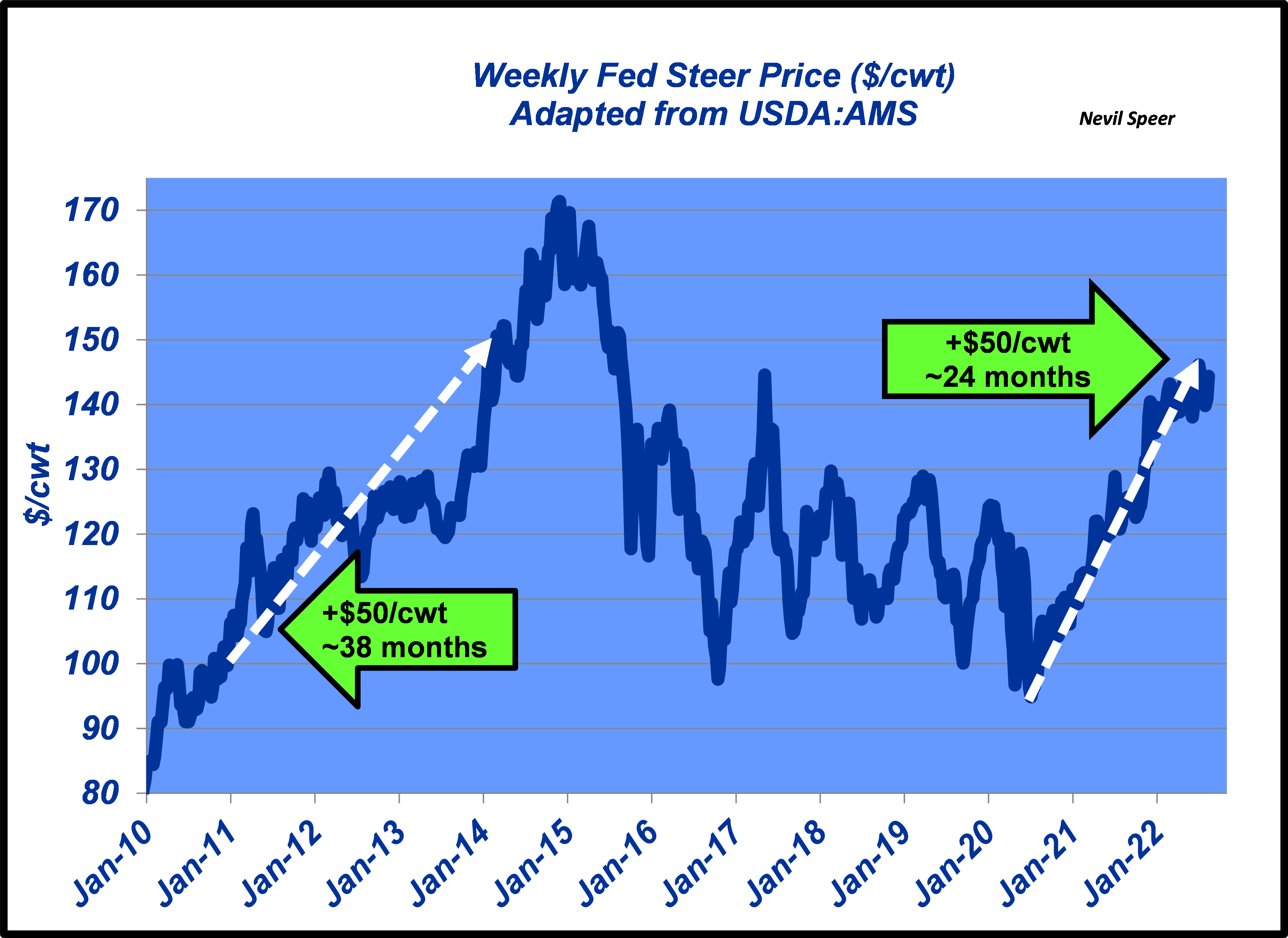Speer: Stop Saying That!

Stop saying that! There’s a whole “thing” on the internet about phrases that are annoying or inappropriate or meaningless or… Whatever it is, at the point it becomes irritating, the phrase “stop saying that” gets invoked.
One phrase tops the list for the beef industry: “the market is broken.” Since the fire at Tyson’s Holcomb plant in 2019 (well, ever since the second half of 2015) we’ve heard that mantra repeated over and over. The argument being prices are too low and there’s simply no hope they’ll ever get better. The market isn’t working - something must be done.
That something comes in the form of the following solutions – all of which require some sort of government intervention:
- Make more cash trade mandatory;
- Impede beef and cattle imports;
- Reinstate country-of-origin labeling;
- Fix futures markets.
If we don’t do something prices will just keep falling – and never find footing again.
However, before we chase that trail of doom too far, let’s step back and take a broader look at what’s happening with prices. There are two graphs attached: one outlines weekly fed cattle prices, the second detailing the CME feeder cattle index. The graphs tell a compelling story. There are a couple of items, though, that should be emphasized.

First, there’s always lots of talk about ’14 and ’15. However, the CME feeder cattle index broached $180 at the close of last week. And as I’m writing this the April ’23 contract is trading near $193! But consider what that means in 2022 – feeder cattle are once again bringing $180, but only this time around everything else costs more, too (feed, fuel, labor, interest).
Second, in both cases I’ve depicted the comparable run-up in prices. For example, the fed market has tacked on $50/cwt since the low in July, 2020 – a period of just 24 months. It took nearly 38 months to do the same work back in 2014. It’s the same story on the feeder cattle side. The cash market is more responsive and now moving faster than ever.

Sure, we’re not back to the same absolute peaks that occurred in ’14 and ’15. But the market seems determined to grind higher (not down or sidesways). And that trend, week-over-week, sure doesn’t instill much confidence in the camp that frets about the business being rigged against sellers.
Those critics keep pointing to packer margins as an indicator of dysfunctionality. However, let’s go back to the fire (when the spreads really began to widen). Dr. Jayson Lusk, Purdue University, addressed market fundamentals and explained it best in his blog, The Economics of Packing Plant Fires and Cattle Prices:
The packers may well be making more money, but these economic effects are exactly what one would expect even in a perfectly competitive market…In short, the effects we’re seeing right now in the beef and cattle markets are exactly what we’d expect from a textbook treatment of a reduction in wholesale supply in a vertically linked market.
In other words, the market wasn’t broken then – it responded precisely as it should have. And it’s working now, too. (Moreover, market watchers know those margins have since narrowed - and forecast to get even tighter in the months ahead.)
Churchill is credited with first saying, “Never let a good crisis go to waste.” That approach has been a driving force for more beef industry regulatory intervention. But all the while, those same market-fixers have been ignoring what’s occurring in real time – the market is surging despite the absence of all their proposed government fixes mentioned above.
So, “the market is broken.” Not so much. And as such, it’s time to stop saying that.
Nevil Speer is an independent consultant based in Bowling Green, KY. The views and opinions expressed herein do not reflect, nor are associated with in any manner, any client or business relationship. He can be reached at nevil.speer@turkeytrack.biz.







